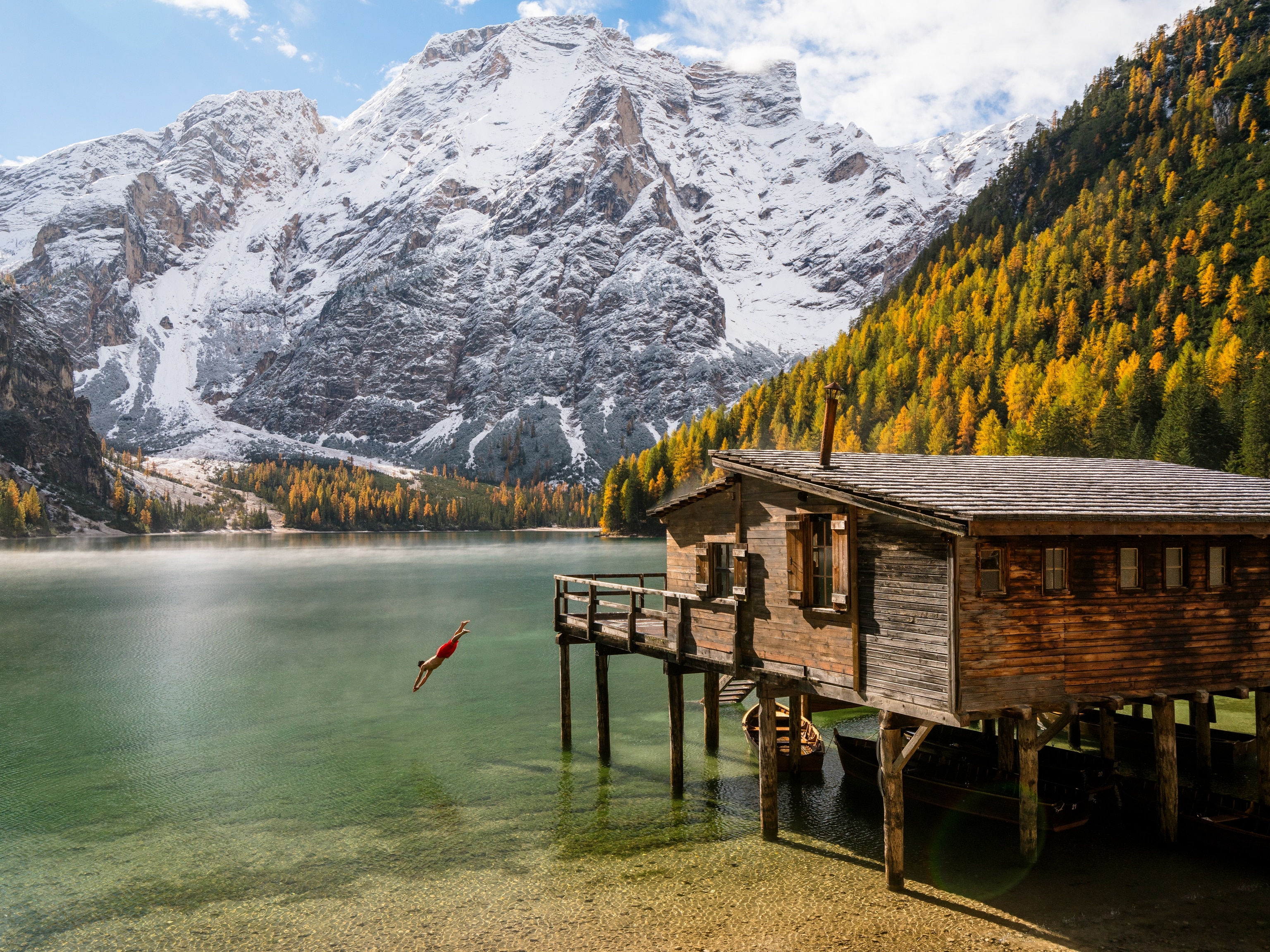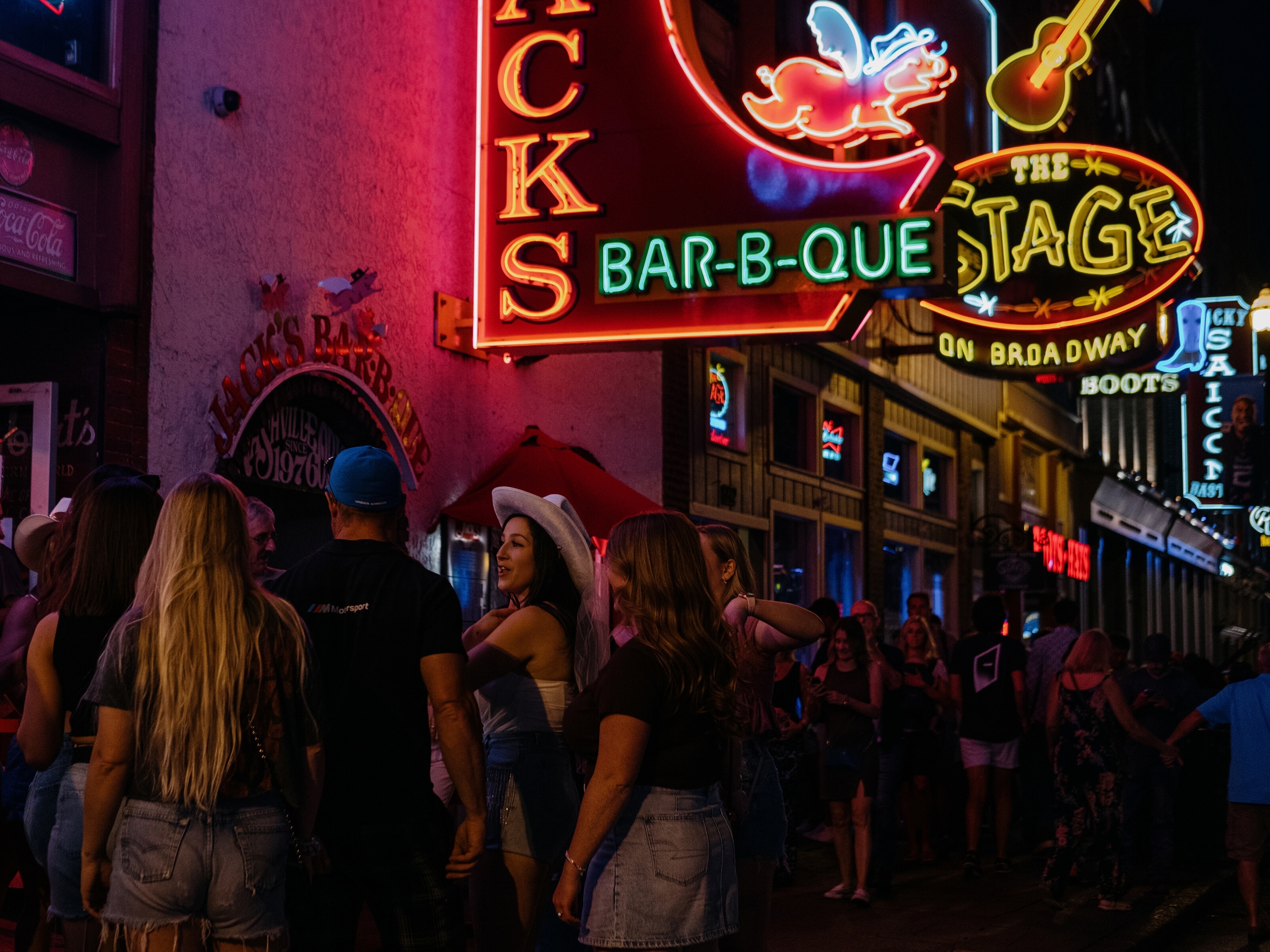
Discover the Best of Cincinnati
Plan your next trip to Cincinnati with these top 10 tips.
With its dazzling architecture, a bustling 19th-century entertainment district, and some of the best cultural institutions, restaurants, and breweries in the Midwest, Cincinnati is an undiscovered gem.
Wildlife
Built in 1933, Krohn Conservatory is home to more than 3,500 plant species from around the world, as well as exhibits featuring a recreated rain forest complete with a splashing waterfall. If you come in the spring, schedule your visit around the Butterfly Show, a themed annual exhibit where butterflies from different countries (this year it’s Madagascar) are let loose throughout the 22,000-square-foot building, which is constructed of aluminum and more than 12,000 panes of glass.
Archaeological Site
About 40 miles northeast of Cincinnati lies Fort Ancient State Memorial Park, which features an earthen embankment built by the Hopewell Indians approximately 2,000 years ago. The 3.5-mile man-made wonder has dirt walls ranging from four to 25 feet high and is part of a 768-acre park that’s home to woodlands, hiking trails, wildflowers, and recreations of Hopewell-era gardens representing crops grown by Ohio’s original settlers.
Cultural Experience
At the turn of the 20th century, high tea was already a tradition in Cincinnati. And that tradition continues to this day during the once-a-month Afternoon Tea at the Orchids at Palm Court, which offers full tea service in the cavernous 1930s French Art Deco dining room of the Hilton Netherland Plaza Hotel. Tea is served alongside finger sandwiches as well as pastries made by Megan Ketover, one of the country’s premier pastry chefs.
Literary Stop
The Mercantile Library is one of the few members-only private libraries left in the country, although you don’t need to be a member to browse the stacks and take in the history here. The library, which opened in 1835, has hosted a range of literary luminaries from Ralph Waldo Emerson to John Updike and features weekly programs focusing on 19th-century literature, the state of the American novel, and even yoga.
Off the Beaten Path
While it might sound hokey, the American Sign Museum is anything but. Located inside a 20,000-square-foot former factory space, it’s a mesmerizing mode of time travel with more than 100 signs (most notably neon) from old roadside Holiday Inns, New York dive bars, and fast food joints long ago forgotten. It also hosts frequent live music acts and comedy shows.
Most Iconic Place
Findlay Market, located in Over-the-Rhine, has been in business since 1885 and is now the heart of the city’s culinary and social world. That’s especially true on the weekends when locals stock up on meat and produce from area farms, and shop specialty grocers that sell Greek, Chinese, and German foods (including goetta), as well as spice markets and a small beer garden serving local brews.
Don’t Miss
The Union Terminal Museum Center is a must-see for any visitor to Cincinnati. Located inside a stunning 1933 Art Deco masterpiece train station that was the inspiration for the Hall of Justice in the “Super Friends” cartoon series, the building houses the Museum of Natural History and Science, the Duke Energy Children’s Museum, and the Cincinnati History Museum. Its main concourse is home to a series of jaw-dropping WPA-era glass mosaic murals made by the German artist Winold Reiss that are alone worth a visit.
- National Geographic Expeditions
Educational Experience
Opened in 2004, the National Underground Railroad Freedom Center tells the history of slavery in America through exhibits that include a two-story “slave pen” built in 1930 and relocated from a farm in Kentucky, as well as interactive exhibits detailing the struggles escaped slaves faced on their road to freedom (which in thousands of cases, ended in Cincinnati). Other exhibits explore modern-day slavery, racial reconciliation, and the many fights for freedom still happening to this day all over the world.
Art Museum
While it officially opened in 1964, the Contemporary Arts Center gained new relevance in 2003 when it relocated to the Lois & Richard Rosenthal Center for Contemporary Art, designed by the famed late architect Zaha Hadid. Aside from great works from modern-art masters, the museum itself was once praised by the New York Times as “the best new building since the Cold War.”
Historic Site
Once the home of former president William Howard Taft, the Taft Museum is a National Historic Landmark, home to 700 works of art, including European and American master paintings, European decorative arts, and Chinese porcelain work. The Taft family lived here from 1873 to 1929. It is also where William Taft accepted his presidential nomination in 1908.




